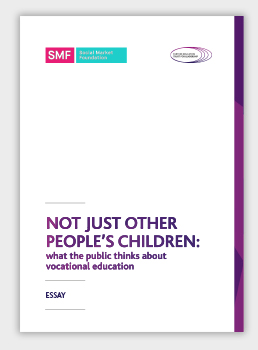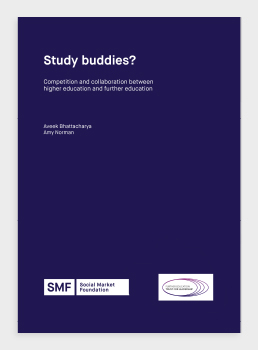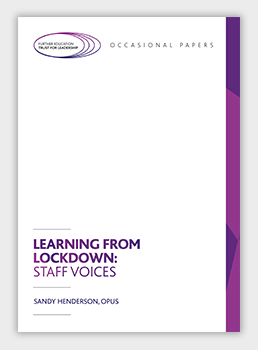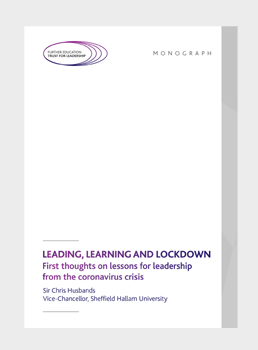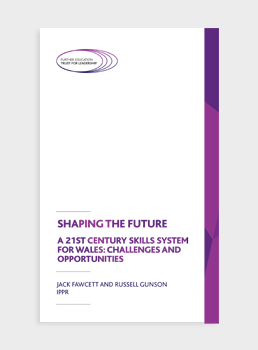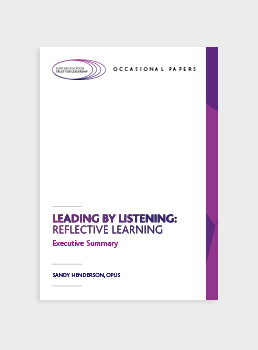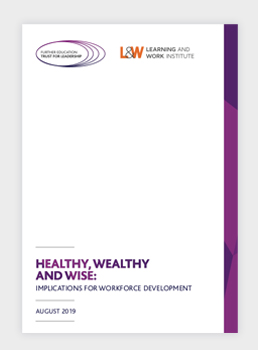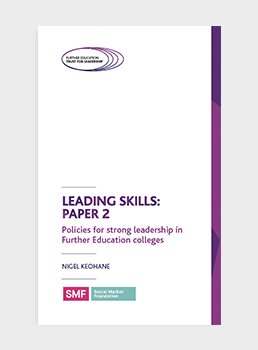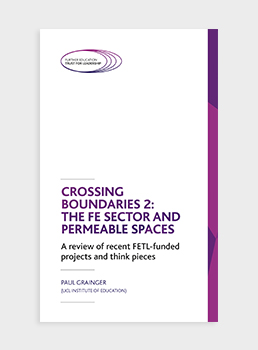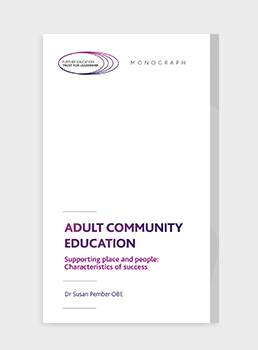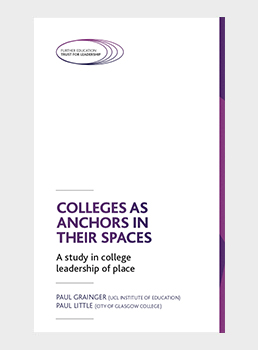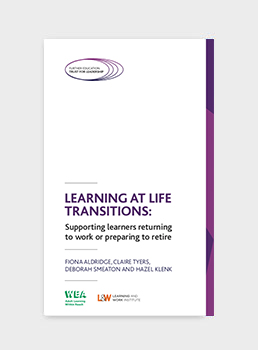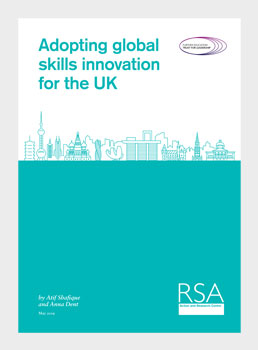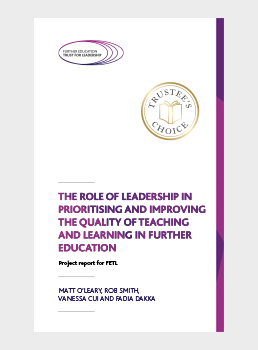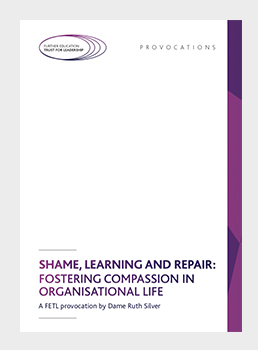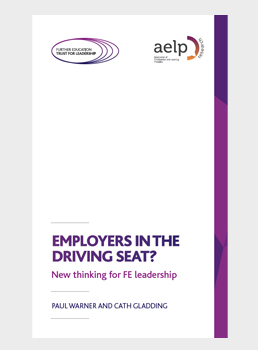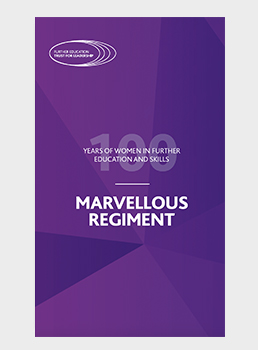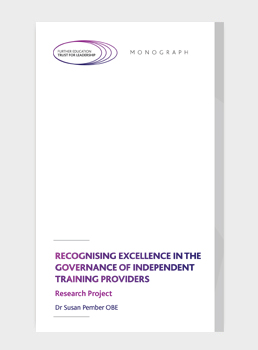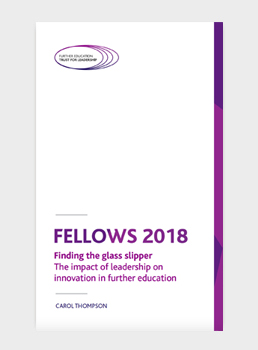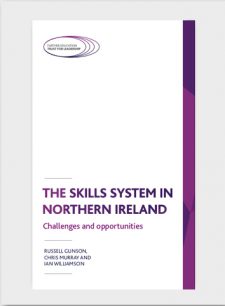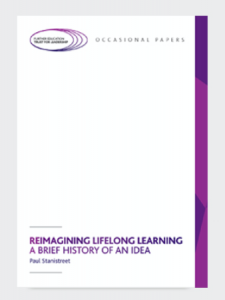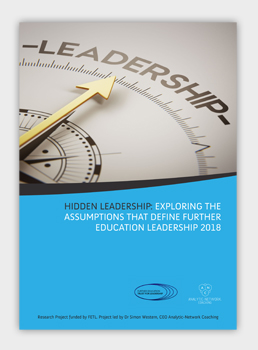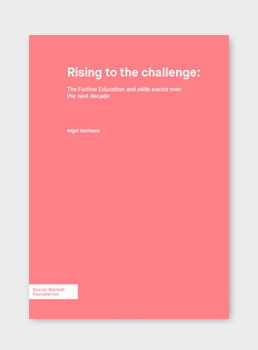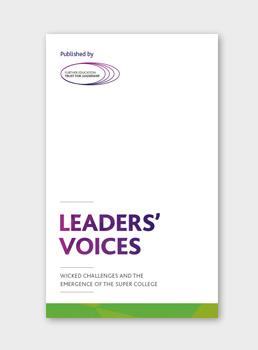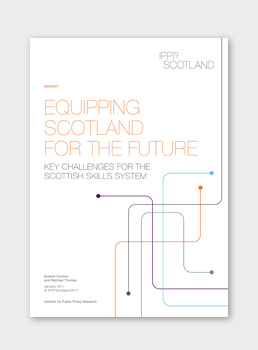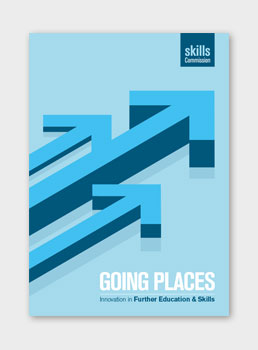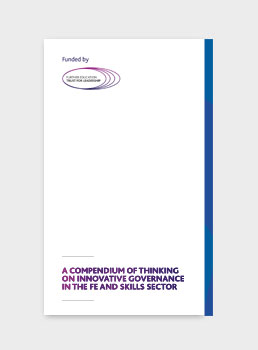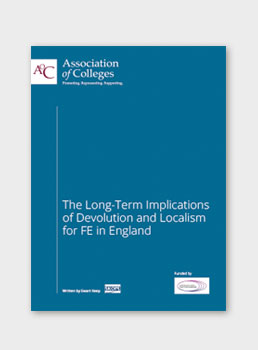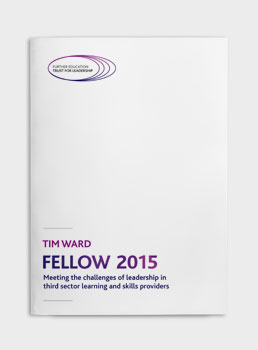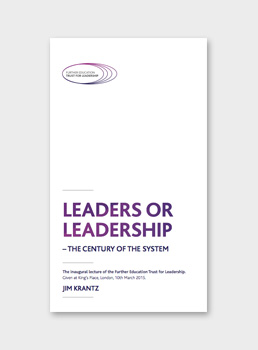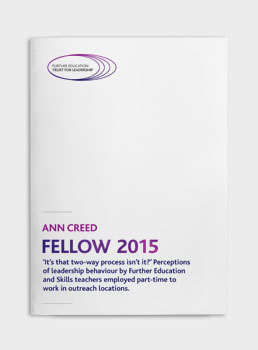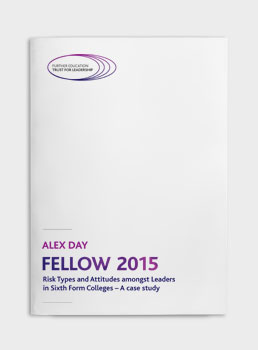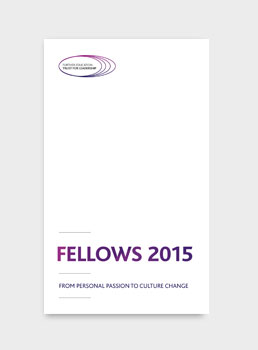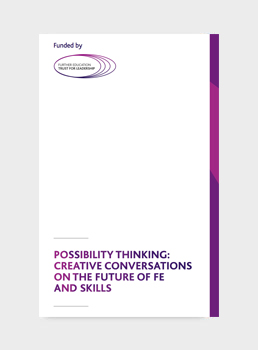
A Framework for Leading in FE and Skills: 2021
For many in FE the 2020s began in quiet optimism, with high hopes for a white paper and a mooted ‘end to austerity’ for the sector as Boris Johnson’s new government sought to level-up the nation.
While the promise of the FE White Paper remains, the disruption caused by the onset of the pandemic and counter measures have created social, economic, educational and health related challenges for sector leaders the like and scale of which would have been unimaginable as the decade began.
The current situation necessitates, not only crisis management from leaders, but an ability to anticipate the wider and less immediate challenges born out of the pandemic whilst also handling pre-existing pressures. Leading a college or training provider has always been a challenging, often frustrating and sometimes lonely role. It carries a huge responsibility for the learning and life aspirations of young people and adults, including many vulnerable and disadvantaged people. And while the work is frequently hugely rewarding, the stakes are often high and the costs of failure substantial, not only for the individual but also for the institution and the community in which it is located. The personal toll can be heavy, not least in the absence of meaningful, targeted support or advice.
Just as we need to understand the drivers of institutional success and failure, we need too to recognise the multiple pressures on leaders, acknowledging that healthy institutions depend on healthy leaders.
The table below provides a breakdown of the roles senior leaders and leadership teams may take on. While these will be configured differently between institutions, they represent the core responsibilities and challenges of leadership in the current climate. Leaders and leadership teams must traverse these worlds, prioritising and balancing their multiple and sometimes competing demands.
The second table provides an overview of the wider policy, financial and regulatory landscape that leaders operate within, showing significant developments over the past decade. They are separated into ‘architecture’ (those reforms which are systemic in nature) and ‘apparatus’ (that which relate to the system’s component parts or significant drivers of behaviour).


